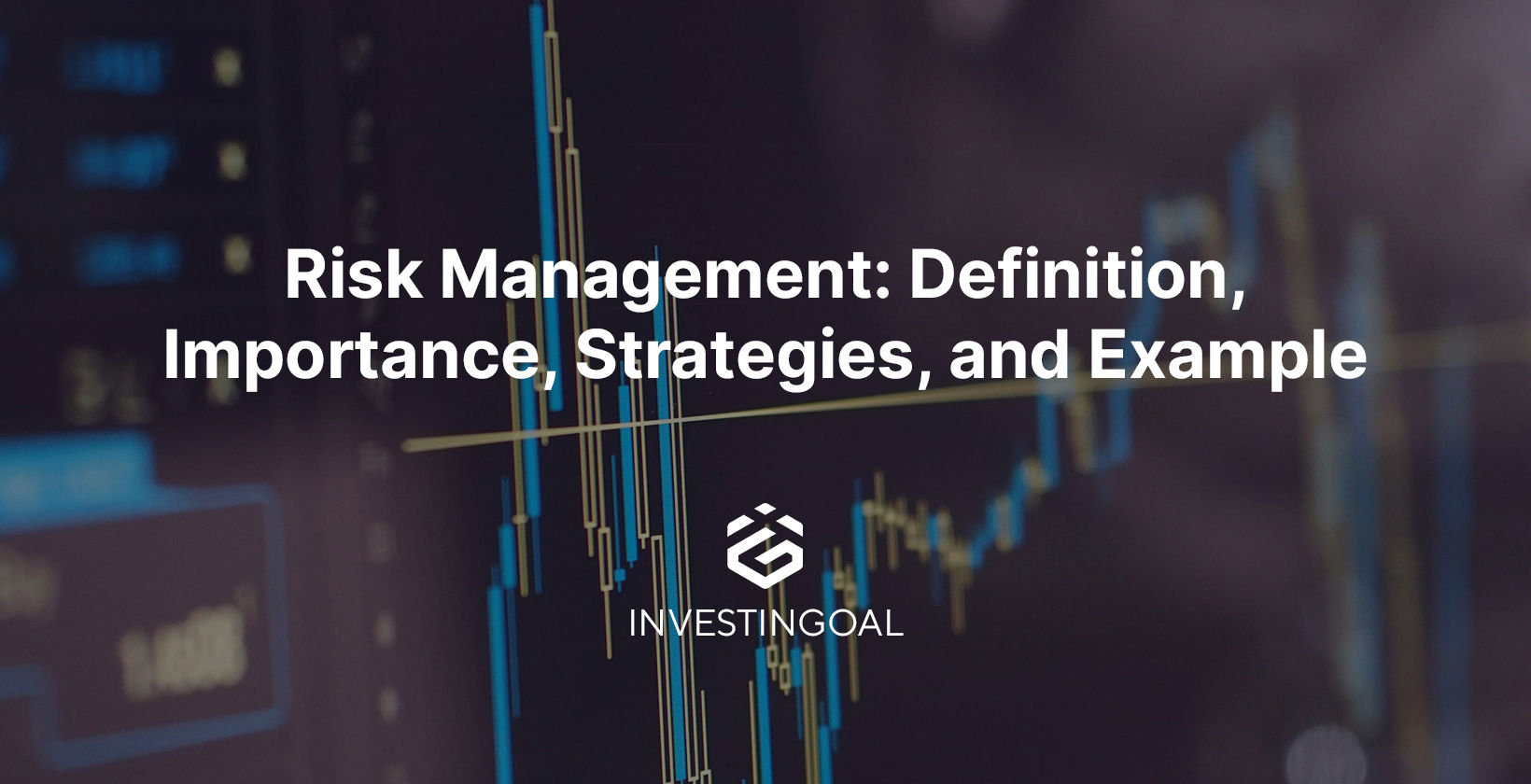Enhancing Company Efficiency Through the Importance of Risk Management
Enhancing Company Efficiency Through the Importance of Risk Management
Blog Article
The Significance of Comprehending the Relevance of Risk Management in Various Industries

The Core Idea of Risk Management and Its Function
Risk Management, the foundation of many sectors, rests on the identification, analysis, and mitigation of unpredictabilities in a company environment. It is an indispensable practice that allows companies to guard their properties, credibility, and overall survival. By properly recognizing potential threats, services can create strategies to either prevent these dangers from taking place or decrease their impact. The examination procedure entails assessing the chance and prospective seriousness of these risks. As soon as threats have actually been identified and assessed, the reduction process involves creating methods to reduce their potential impact. This procedure is intermittent and recurring, guaranteeing that services are gotten ready for the ever-changing nature of Risk in various sectors. The key objective, thus, is to foster resilience among unpredictabilities.
Benefits of Implementing Risk Management in Service Operations

Introducing the Duty of Risk Management in Different Industries
While every industry challenges its unique collection of dangers, the implementation of Risk Management methods remains an usual denominator in their pursuit of sustainability and development. In the health care field, Risk Management requires making sure client security and data security, while in finance, it involves mitigating investment dangers and making certain governing conformity. Ultimately, the function of Risk Management across markets is to determine, evaluate, and mitigate dangers.
Real-life Study Demonstrating Successful Risk Management
To understand the importance of Risk Management in these many industries, one can look to a number of real-life instances that show the effective application of these measures. Toyota, upload the 2011 quake in Japan, modified its supply chain Management to minimize interruption threats. These instances demonstrate how markets, learning from situations, properly used Risk Management methods to lower future dangers.
Future Fads and Growths in Risk Management Strategies
As the world proceeds to progress, so also do the fads and advancements in Risk Management methods. Rapid developments in modern technology and data analytics are improving the Risk landscape. Large data and AI are now instrumental in forecasting and alleviating risks. Organizations are leveraging these tools to construct predictive versions and make data-driven choices. Cybersecurity, as soon as an outer issue, has catapulted to the webpage forefront of Risk Management, with methods concentrating on discovery, avoidance, and feedback. The assimilation of ESG (Environmental, Social, Governance) elements right into Risk Management is another expanding fad, showing the enhancing recognition of the role that environmental and social threats play in service sustainability. Therefore, the future of Risk Management depends on the combination of sophisticated modern technology, ingenious methods, and a holistic technique.
Conclusion
In conclusion, recognizing the get more value of Risk Management across a spectrum of sectors is important for their long life and prosperity. Tailored strategies can help mitigate possible dangers, protect assets, and foster stakeholder depend on. Additionally, aggressive decision-making help in governing conformity and enhances source usage. Eventually, successful Risk Management adds to much more resistant and lasting organizations, highlighting the relevance of this practice in today's very competitive and vibrant company setting.
While every industry challenges its one-of-a-kind collection of risks, the execution of Risk Management techniques continues to be an usual denominator in their pursuit of sustainability and growth. In the healthcare sector, Risk Management involves making certain person her response safety and data defense, while in financing, it includes mitigating investment risks and making sure regulatory compliance. Ultimately, the role of Risk Management across sectors is to determine, analyze, and minimize risks. These instances demonstrate exactly how sectors, discovering from situations, properly applied Risk Management methods to reduce future risks.

Report this page